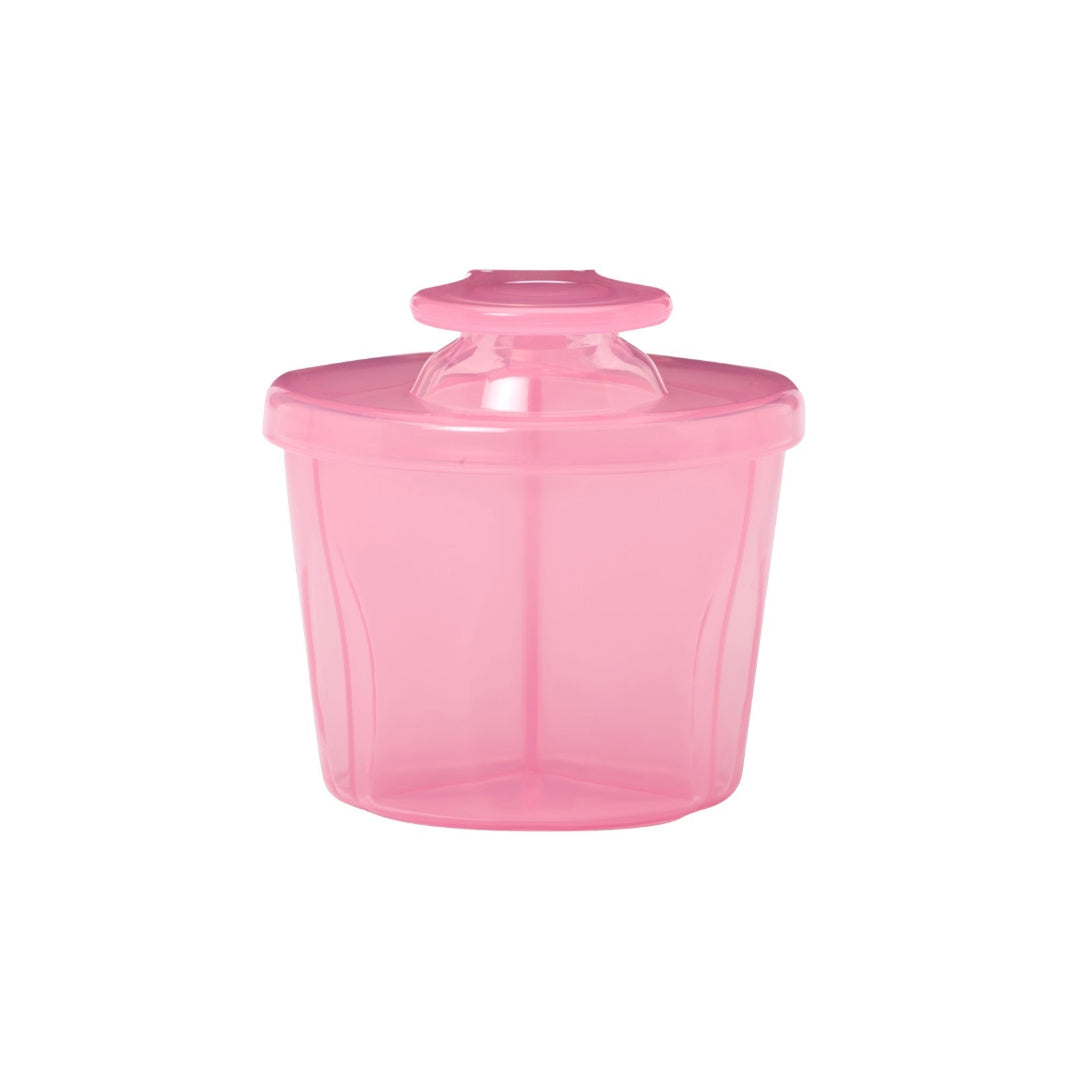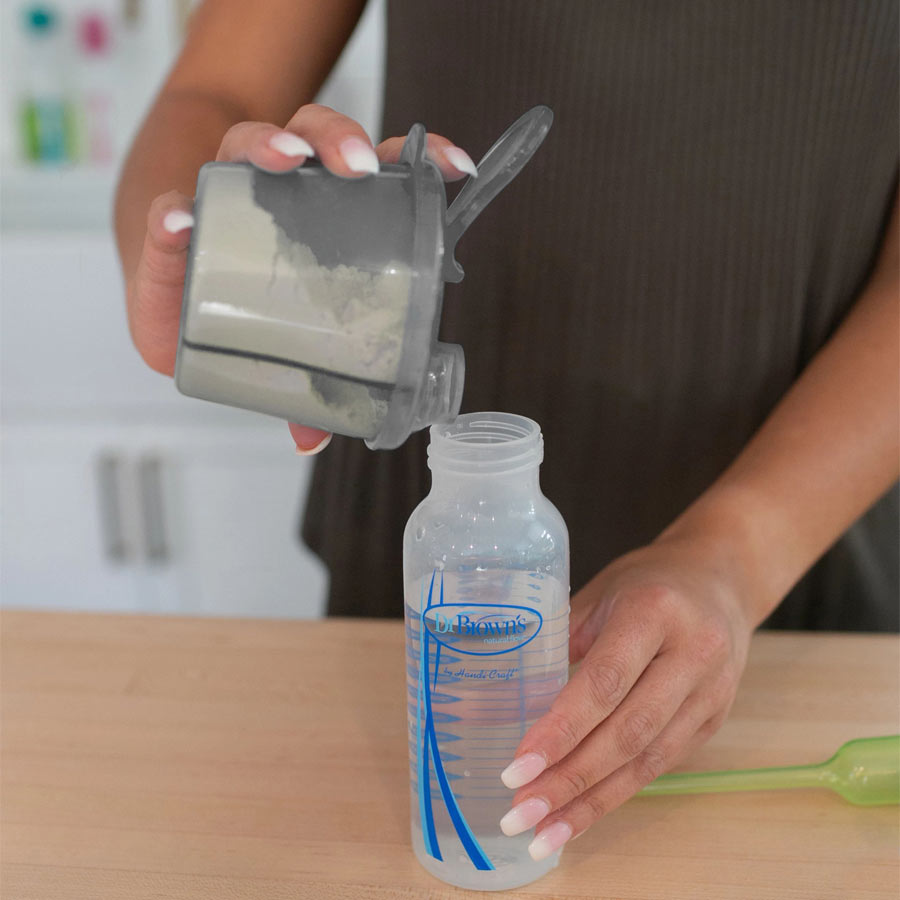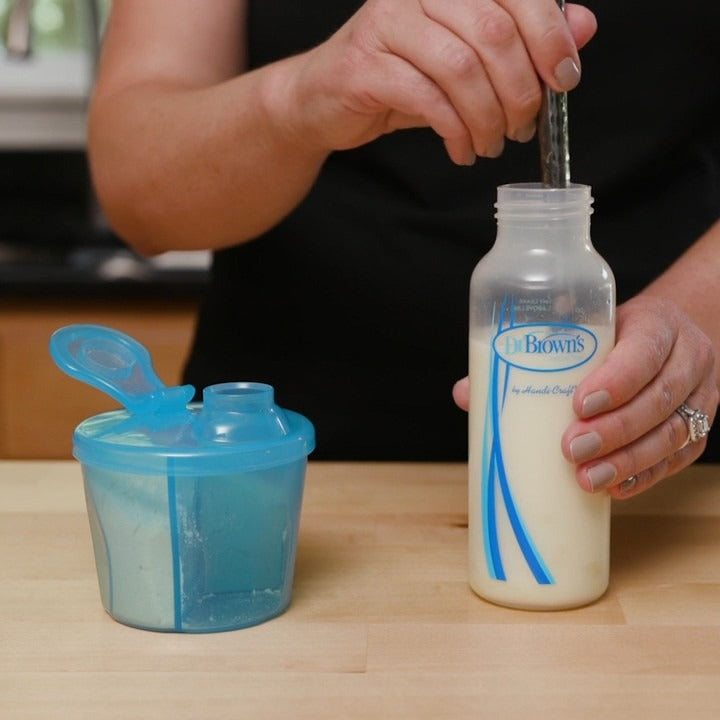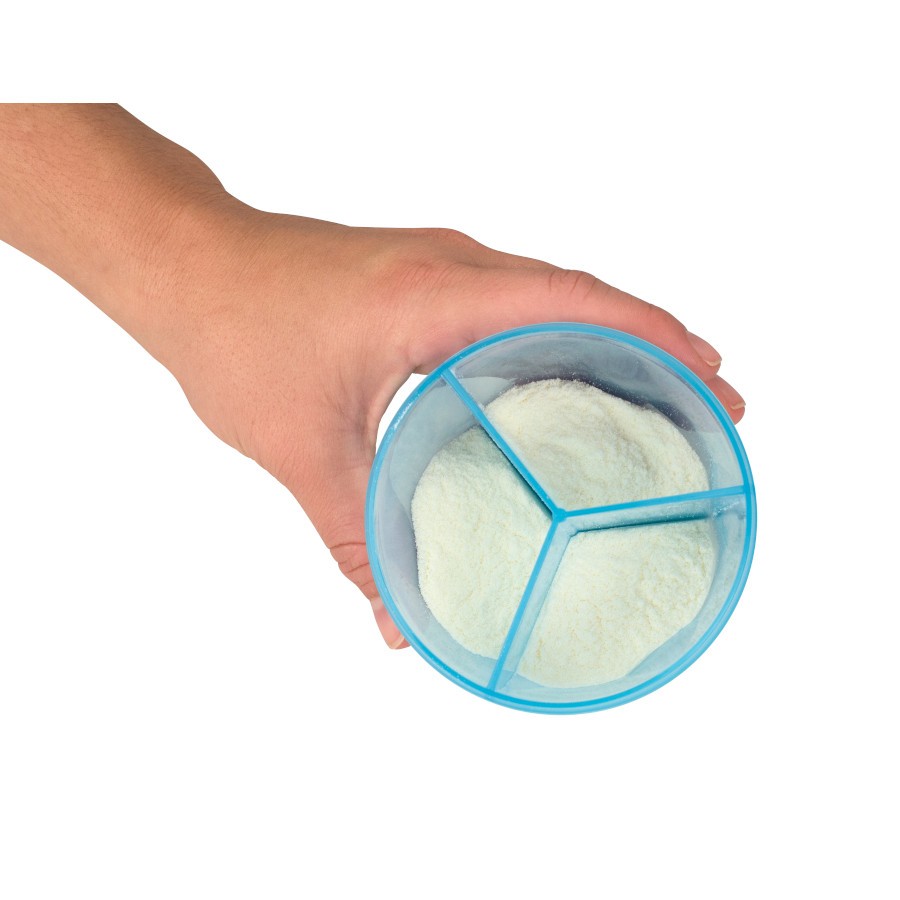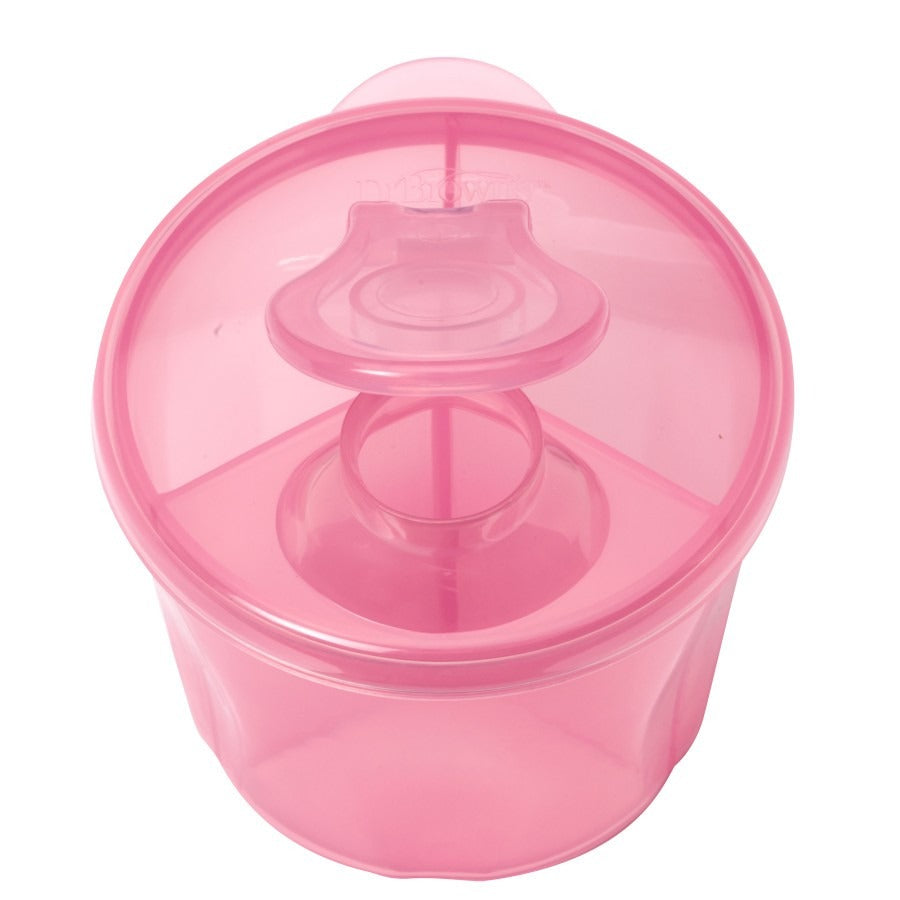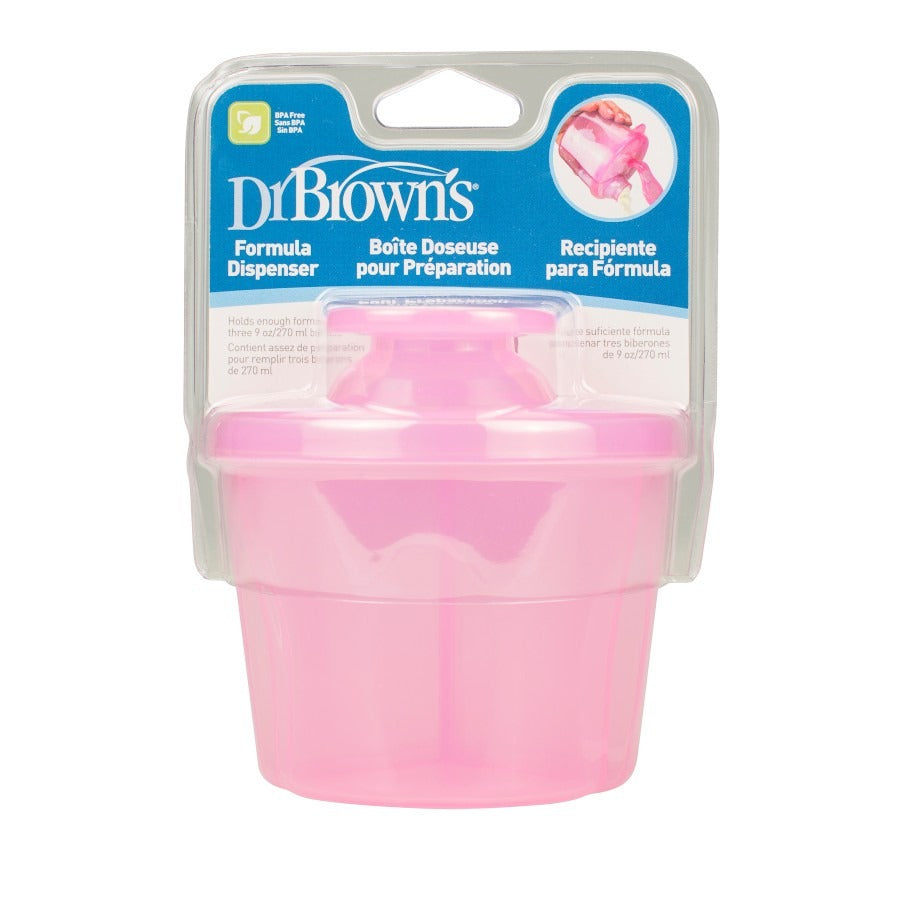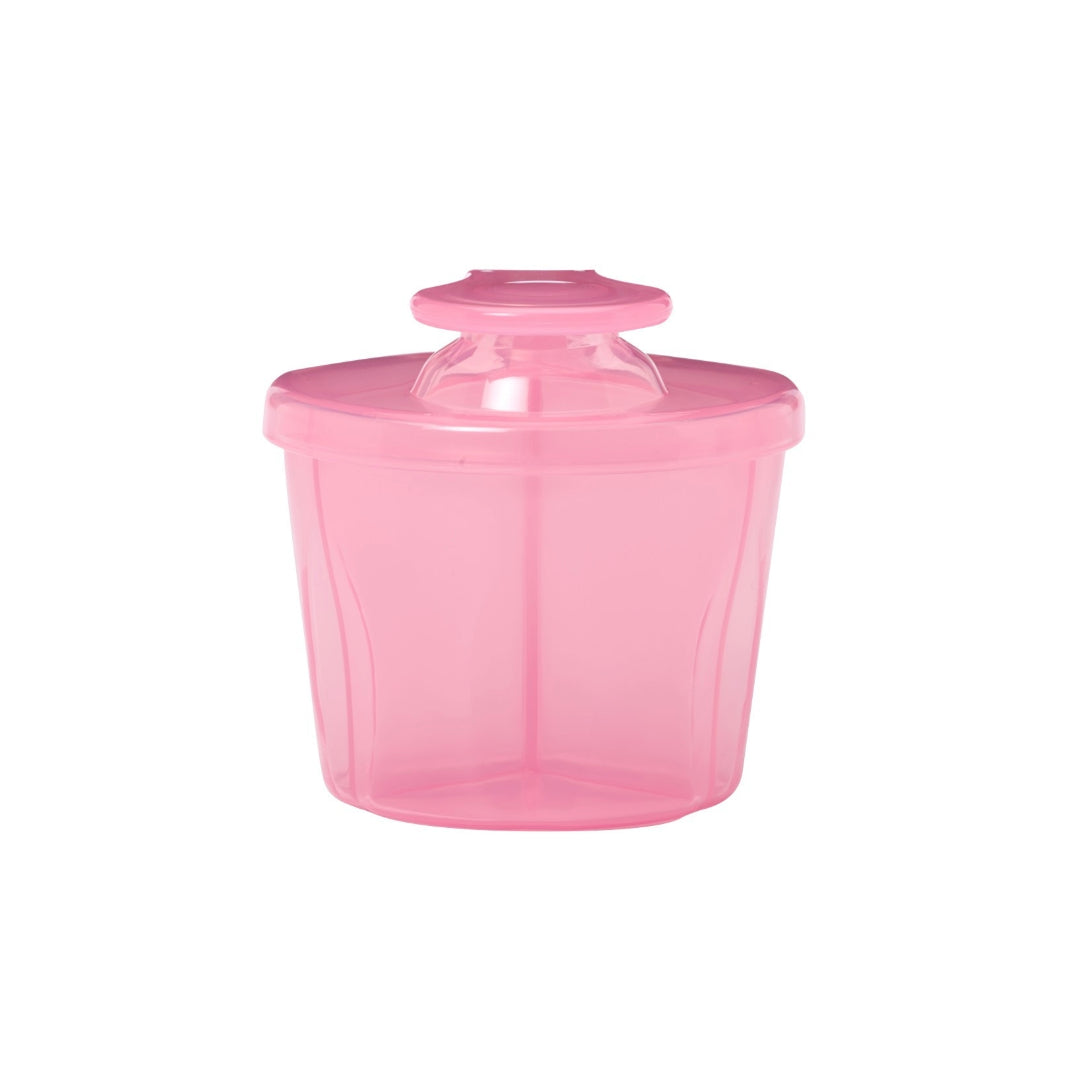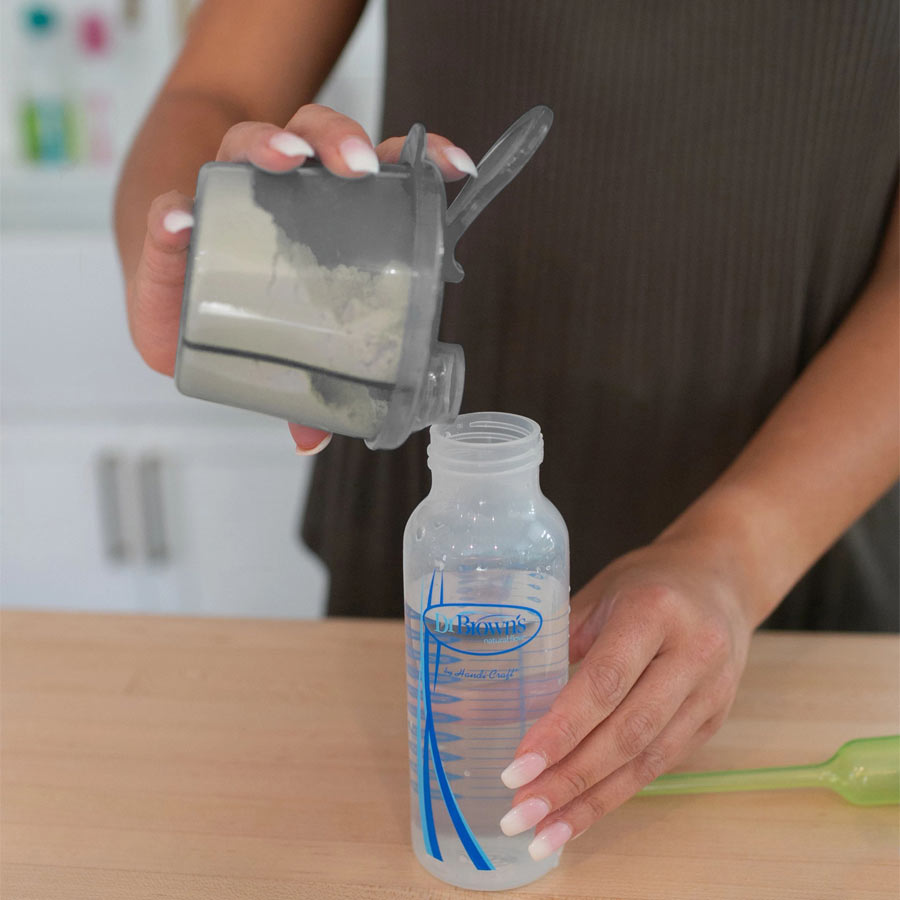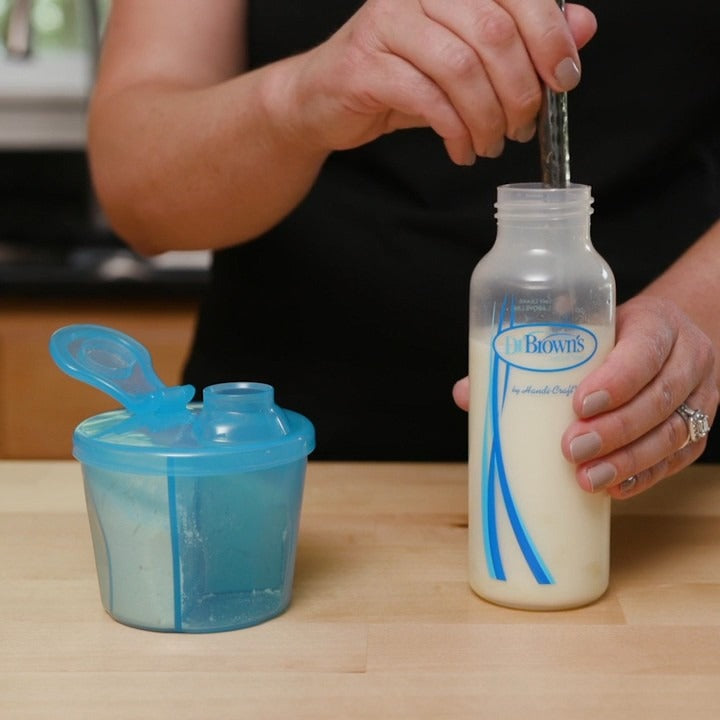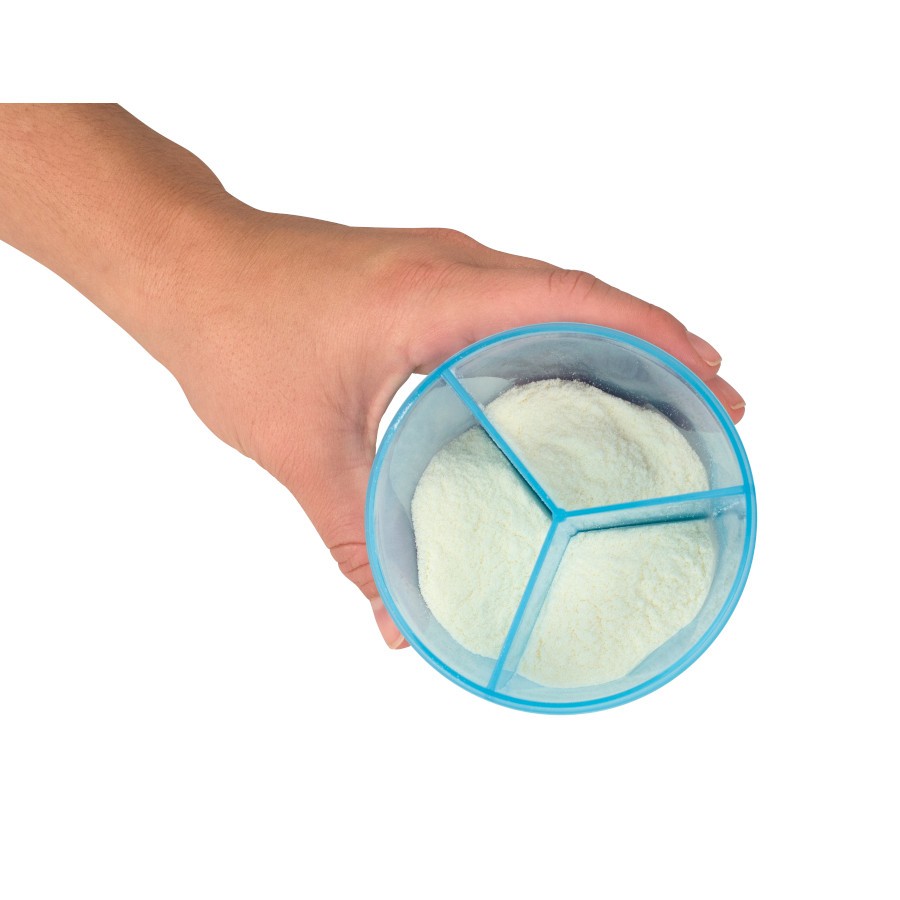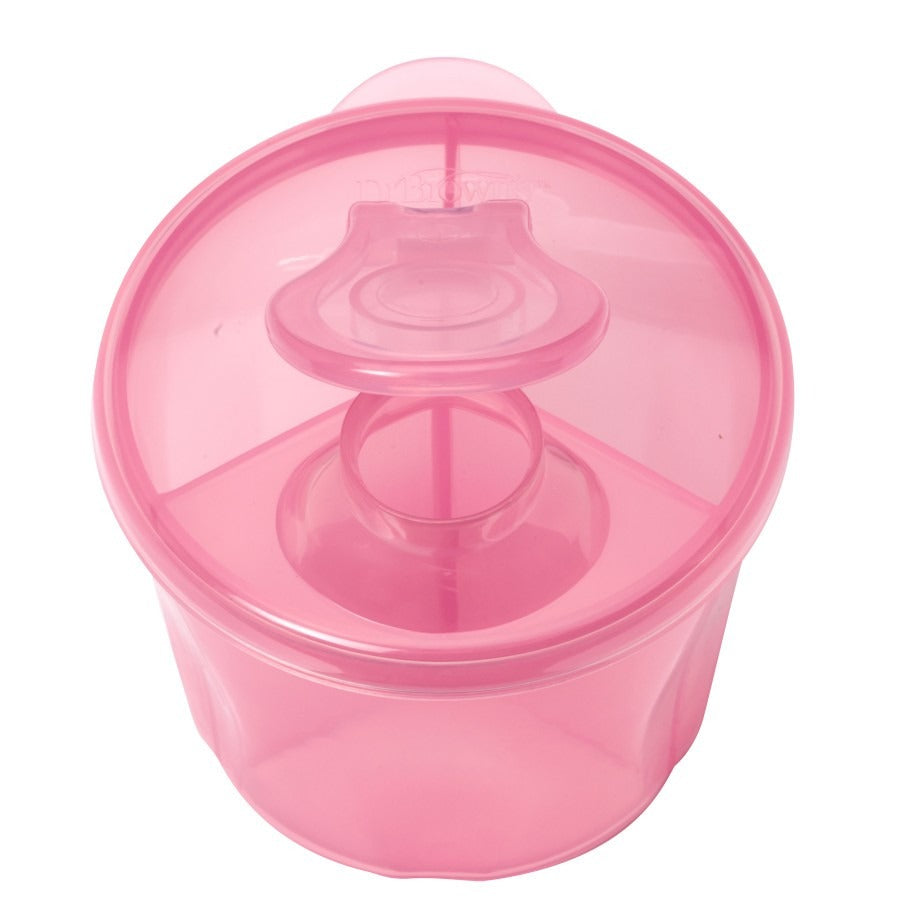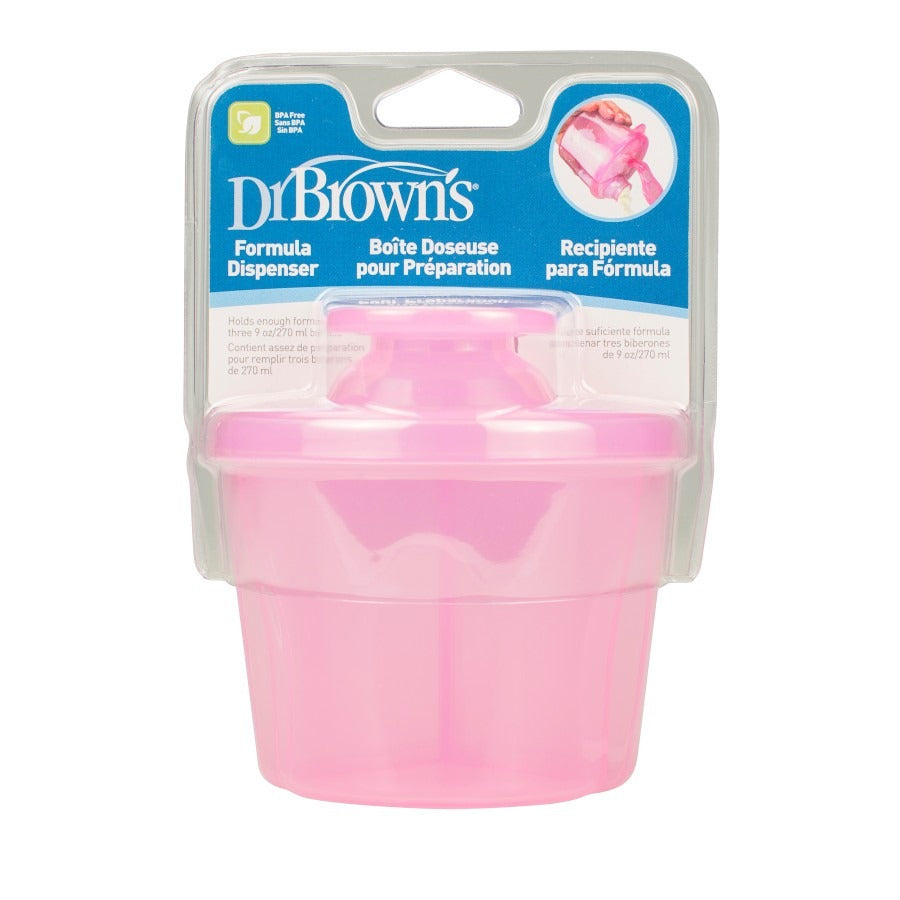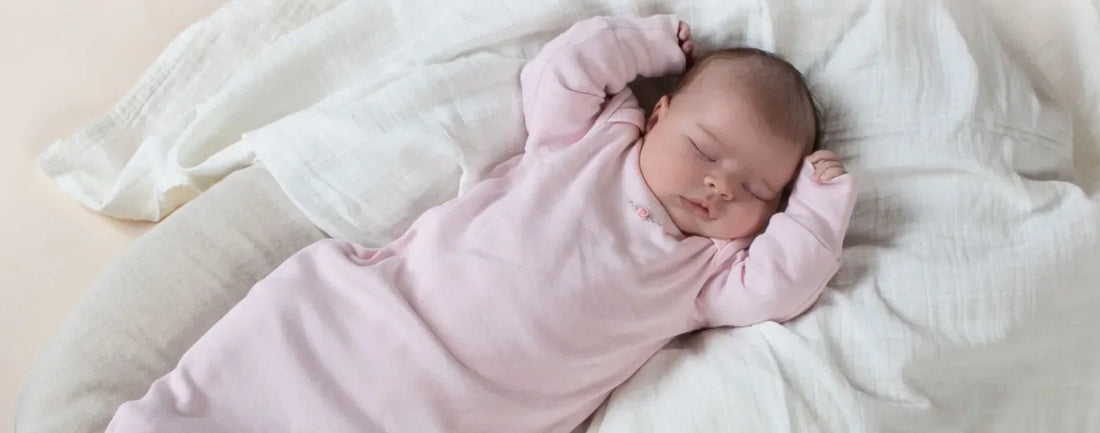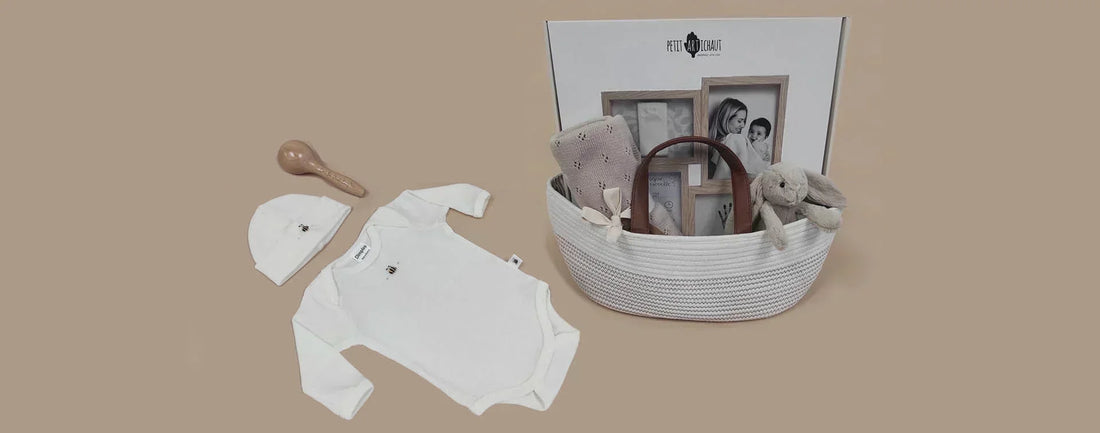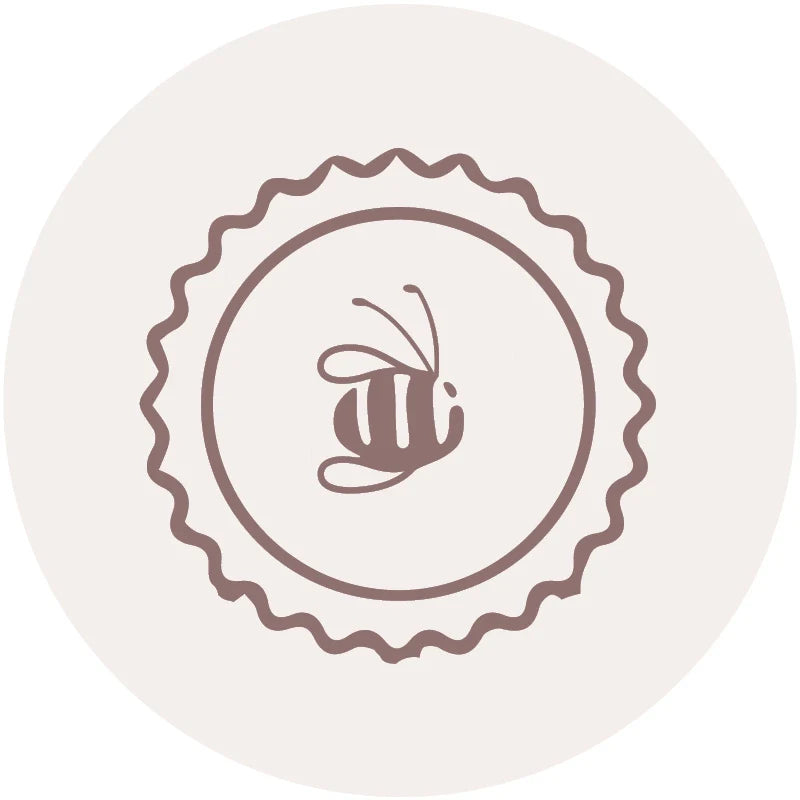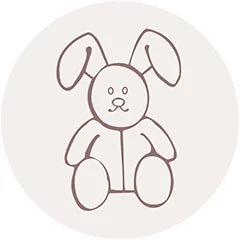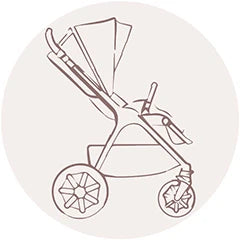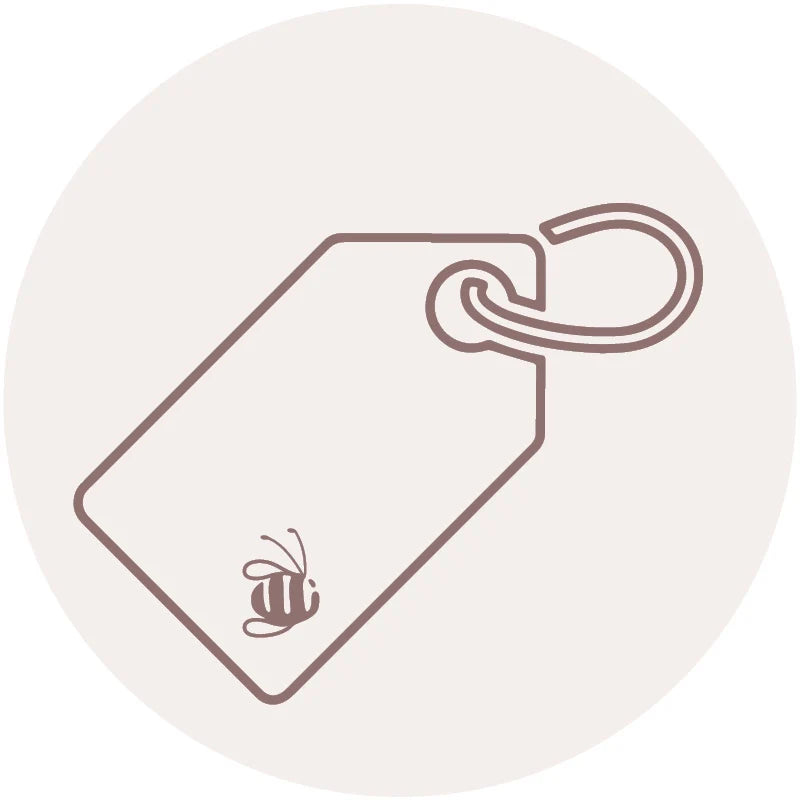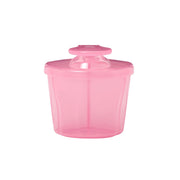Milk Powder Dispenser
Milk Powder Dispenser
SKU:AC038
Clothing Prem to 18 Months
| Size | Age Guide | Weight | Height |
|---|---|---|---|
| Premature | Premature or Small Newborn | Up to 4Kg | Up to 55cm |
| Newborn | 0-3 months | 4-6Kg | Up to 62cm |
| 3 Month | 3-6 months | 6-8Kg | Up to 68cm |
| 6 Month | 6-12 Month | 8-10Kg | Up to 76cm |
| 12 Month | 12-18 Month | 10-12Kg | Up to 84cm |
| 18 Month | 18-24 Month | 12-14Kg | Up to 92cm |
Clothing 2 to 6 Years
| Size | Age Guide | Height | Chest | Waist | Hip |
|---|---|---|---|---|---|
| 2 Year | 2-3 Years | Up to 100 cm | 56 | 51 | 58 |
| 3 Year | 3-4 Years | Up to 105 cm | 58 | 53 | 60 |
| 4 Year | 4-5 Years | Up to 110 cm | 60 | 55 | 62 |
| 5 Year | 5-6 Years | Up to 115 cm | 62 | 57 | 64 |
| 6 Year | 6-7 Years | Up to 120 cm | 64 | 59 | 66 |
Beanie Size Guide
| Size | Head Circumference | Age Guide |
|---|---|---|
| Premature | 31-35 cm | Premature or Small Newborn |
| Newborn | 35-40 cm | Newborn |
| Small | 40-43 cm | 3-6 Months |
| Medium | 43-47 cm | 6-18 Months |
| Large | 47-52 cm | 18-3 Years |
Sunhat Size Guide
| Size | Head Circumference | Age Guide |
|---|---|---|
| Newborn | 37-40 cm | Newborn |
| Small | 40-43 cm | 3-6 Months |
| Medium | 43-46 cm | 6-12 Months |
| Large | 46-49 cm | 12-24 Months |
| Xtra Large | 49-54 cm | 2-4 Years |
Sleep Pods Size Guide
| Size | Weight | Age Guide | Measurement(Back to Hem) |
|---|---|---|---|
| Newborn | 0-6 kgs | 0-3 Months | 60.5 cm |
| Small | 0-8 kgs | 3-6 Months | 66 cm |
Booties Size Guide
| Size | Age Guide |
|---|---|
| Newborn | 0-3 Months |
| Small | 3-6 Months |
| Medium | 6-12 Months |
| Large | 12-18 Months |
Pretty Brave Baby
| Foot Length (mm) | Insole Length (mm) | EU | UK | Age | INT |
|---|---|---|---|---|---|
| 95-104 | 110 | 16/17 | 2 | 0-6m | S |
| 104-114 | 118 | 18 | 3 | 6-12m | M |
| 114-123 | 127 | 19/20 | 4.5 | 12-18m | L |
| 123-137 | 142 | 21/22 | 5.5 | 16-22m | XL |
Pretty Brave 1st Walker
| Foot Length (mm) | Insole Length (mm) | EU | UK | Age |
|---|---|---|---|---|
| 114-120 | 125-128 | 19 | 3 | 1 yr |
| 120-126 | 132-135 | 20 | 3.5 | 1-2 yrs |
| 126-132 | 138.5-141.5 | 21 | 4.5 | 1-2 yrs |
| 132-138 | 145-148.5 | 22 | 5 | 2 yrs |
Crywolf Swim Nappy
| Size | Length (waist to crotch) | Crotch Width (side to side) |
|---|---|---|
| 0-1 yr | 1-2 yrs | |
| 37 | 38 | |
| 14.5 | 15.5 |
Crywolf Rash Suit
| Size | Length (back neck to crotch) | Chest (arm to arm) | Waist (side to side) | Sleeve (neck to cuff) | Neck Opening(diameter) |
|---|---|---|---|---|---|
| 6-12 Months | 1 yr | 2 yrs | 3 yrs | ||
| 40 | 42 | 44 | 46 | ||
| 25 | 26 | 27 | 28 | ||
| 24 | 25 | 26 | 27 | ||
| 30 | 31.5 | 33 | 34.5 | ||
| 13.25 | 13.25 | 13.8 | 14.3 |
In stock
Couldn't load pickup availability
Overview
Overview
The Dr. Brown’s Milk Powder Dispenser is the perfect companion for parents on the go, offering convenience, security, and ease of use. Compact and lightweight, this dispenser is designed for effortless travel, storing enough formula to make three 9 oz (270 ml) bottles, making it ideal for a day away from home. Each of the three compartments is carefully designed to securely hold pre-measured formula, preventing spills and ensuring precision with every bottle preparation. When it’s time to feed, simply rotate the dispenser’s easy-pour spout to the desired compartment and pour the powdered formula directly into the bottle—no mess, no fuss. The dispenser’s snap-on lid keeps formula secure, while its detachable, dishwasher-safe design ensures quick, thorough cleaning. Dr. Brown’s Milk Powder Dispenser is part of a trusted line of baby essentials, supporting parents with a full range of bottles, feeding products, and accessories for every stage of your baby’s growth.
Technical Specification
Technical Specification
Delivery and Returns
Delivery and Returns
- Delivery: Free within NZ on orders over $100 (excluding bulky items) or $8 standard shipping
- Returns: Accepted within 14 days of receipt with proof of purchase
- Some items are excluded from returns including sale items, hardware, car seats, prams, monitors and personal items - please click here for the full list.
Share this product
Recently Viewed Products
Related Blogs
Formula and bottle-feeding tips for new parents
Everything you need to know about bottle feeding During the first year, your baby goes through a great deal of growth and development. Most babies triple their birth weight by the time they hit their first birthday – so it’s no wonder they need lots of energy to grow! While it’s widely acknowledged that ‘breast is best’, choosing how you feed your baby is an important and completely personal decision. For some women, personal circumstance, cultural beliefs and physical or mental wellbeing mean breastfeeding isn’t an option, and therefore a safe alternative is required. If you’ve decided to bottle-feed (if you’re thinking about it, speak with your midwife, doctor or nurse first), it’s vital to have clear and well-informed information on the safe preparation and use of formula. Here’s what you need to know about formula-feeding your wee one: About baby formula Most formula is made from modified cow’s or goat's milk so the protein level isn’t too high and babies can digest it. Unlike regular milk, formula has added minerals, vitamins, and fats essential for human growth and development, and when prepared correctly, it contains enough nutrients for healthy growth in babies. In New Zealand, there are strict manufacturing regulations in place to make sure that the formula in your local supermarket is always of good quality and safe for your baby. But that doesn’t make the baby aisle any less overwhelming. Here’s a quick breakdown of the kinds of formula you can buy: Cow’s-milk formula Most cow’s-milk formulas sold in New Zealand have a similar nutritional profile – so price doesn’t necessarily mean one is better than another. Casein and whey are the proteins in breastmilk, and cow’s-milk formula has the same proteins. It will either have more casein or more whey – you can find the percentage of each noted on the formula’s ingredient label. Key points: Your baby’s first formula should contain whey as the main type of protein, as it’s the easiest to digest. Some formulas will be labelled ‘follow-on’ or ‘step 2’ – these are casein-dominant formulas best suited for babies aged six months and over. They’re also designed for hungrier babies who are not yet old enough to start solid food. Your baby can stay on the first formula for 12 months and as you start to introduce solids. If your child isn’t reacting well to cow’s-milk formula and you suspect an allergy, it’s best to seek advice from a healthcare professional who can advise you on alternative types of formula. Goat’s-milk formula This type of formula also contains whey and casein proteins, but the casein protein is slightly different from that in cow’s milk. It contains beta-casein (rather than alpha-casein) which is more easily digestible. Again, you can find the protein ratios outlined on the nutritional label. Soy infant formula Made using soya beans as a source of protein, soy infant formula is a vegetarian option. It’s best to seek advice from a healthcare professional before switching to the soy alternative. Gold formula Gold formula contains extra ingredients which aren’t strictly necessary for your baby – but may be beneficial. Here we explain a few: Long-chain polyunsaturated fatty acids (LCPUFAs). Thought to be important in the development of the brain and eyes. Alpha-lactalbumin. Thought to be nutritious for babies because it’s the main type of whey protein in breastmilk. Pro and prebiotics. These help promote the growth of good bacteria and may help maintain a healthy balance of gut bacteria. May be good for eye health. How to prepare baby formula Before you get started, always carefully read and follow the instructions on the formula tin – not all formulas have the same size scoops or are prepared in the same way. Check the use-by date and dispose of formula if it has expired. Bottle-feeding equipment Here’s what you’ll need to bottle-feed: Large bottles (saves you buying new ones as your baby grows) Bottle rings and caps Teats (either silicone or latex is fine, graded according to size of the hole or age of the baby) Bottle brushes Teat brushes A steriliser (optional) Check our handy guide to bottles and teats here! Making up a bottle of formula Step 1 : Boil the kettle and let the water cool for about 30 minutes, until it has reached a lukewarm temperature. You can also do this in advance, storing the cooled boiled water in sterilised bottles in the fridge. Step 2 : Pour the lukewarm water into the bottle before carefully adding the scoops of formula powder (levelling the powder with a clean knife or the tin's in-built level). Seal the bottle with a ring and cap, then shake gently to encourage the powder to dissolve. Step 3 : Before feeding your baby, check the temperature of the formula by tipping a few drops on the inside of your wrist – it should feel lukewarm. Never add anything to the formula, and if your baby doesn’t finish the bottle, throw any leftover formula away within an hour. Warming infant formula If you are not feeding your baby straight away, place formula in the fridge immediately (store at the back of the fridge) with a cap over the teat to prevent contamination. It can be stored for a maximum of 24 hours. Once removed, it’s only safe to use for up to one hour. The safest way to warm formula is to stand the bottle in a bowl of warm water for no longer than 10 minutes as harmful bacteria can grow in prepared formula. After warming, gently swirl the bottle to mix the formula, and test the temperature. If it’s too hot, cool it down by putting it in a bowl of cold water or by running it under the cold tap. Microwaving bottles is not recommended because uneven heating of the milk can burn your baby’s mouth. Cleaning and sterilising Hygiene is essential – your baby’s immune system isn’t strong enough to fight off some diseases yet, and formula-fed infants are at higher risk of gastrointestinal infection. You need to clean your bottles, teats, rings and caps after every feed and before you sterilise them. Tips for cleaning bottle-feeding equipment: Wash all bottles, rings, caps and teats in hot soapy water. Squirt water through the teat holes and use a bottle brush to ensure that everything is scrupulously clean, getting into all those nooks and crannies, then rinse well. Check for any cracks in the teats and throw away any damaged ones. Rinse everything well in hot water and leave them to air dry. After you’ve cleaned your equipment, you need to sterilise everything by boiling, steaming, or with chemicals. Boiling - To sterilise a baby bottle by boiling, place the disassembled bottle parts into a large pot and cover them fully with water. Bring the water to a rolling boil and let it boil for at least 5 minutes to ensure all parts are thoroughly sterilised. Use clean tongs to remove the items and place them on a clean, dry surface to air dry completely. You can buy electric (plug-in) or microwave steam sterilisers. These units 'cook' your equipment at a temperature high enough to kill bacteria. If using chemical sterilisers , follow the instructions on the box or packet. If you’re unsure, seek help from a professional Don’t be afraid to take your time deciding about feeding your baby. The most important consideration is that your baby is comfortable and well-fed, and you’re able to enjoy this special (albeit exhausting!) time with your newborn. Get the information you need to make an informed decision, and if you’re not sure, consult with your health professional, who’s in the best position to give you accurate advice for your baby and his or her needs.
Learn moreNewborns & Sleep: What to Expect and Survival Tips
Bringing a new baby home is one of life’s most beautiful - and exhausting - adventures. In this blog, Family Sleep & Wellness Coach, Lauren Moran from Little Dreamers, shares her expert advice on newborn sleep in the fourth trimester. With a warm, realistic approach, she helps parents feel empowered, informed, and supported through those early weeks, offering practical tips for creating a nurturing sleep environment and caring for yourself, too. Newborns & Sleep: What to Expect and Survival Tips By Lauren Moran from Little Dreamers https://www.littledreamers.co.nz/ Instagram: @little.dreamers.nz Congratulations parents! Whether this is your first or fourth bubba in your beautiful family, there is so much that can still feel overwhelming (or it’s a memory you’ve blanked out from last time!), but we are here to reassure you in those early days. Also known as the fourth trimester, those first 12 weeks following birth while trying to navigate your baby’s feeding and sleeping patterns can be quite the whirlwind. This blog is designed to help empower you, educate you, and normalise newborn sleep so that you feel confident to understand and support your little love. Let’s start this journey with “there is no such thing as bad habits when it comes to supporting your baby”. Yes, you heard that right! No such thing. Forget what social media, society or family/friends tell you. You do what works best for you and your family. There may come a time when those ways no longer work for you, which is totally fine, and we can change that. As you step into this new season remember you are nothing short of amazing and your little one is lucky to have you. Sleep is not only a necessity for your baby, but also you! We all need it. Sleep enables the body to repair itself, replenish those energy levels and regulate brain functions. When I have had more sleep, I feel like a better person showing up for myself and my family. It positively impacts our emotional and physical well-being too. So what can you expect in that fourth trimester? It is a busy, yet wonderful whirlwind of events that can bring about so much change both physically and emotionally. Feeling like you need to just cry? Go for it! Don’t know why? Many of us don’t! Your littlest love is adapting to life earthside and you are recovering from growing them and bringing them into this world. Offering love, care and comfort is exactly what’s needed for you both. With emotions running at an all-time high, it is important to focus on yourself too. I vividly remember my post-natal midwife coming for her first appointment and the first thing she said was that she was there for me. As a first-time mum I was slightly confused as I thought she would be looking at my daughter and making sure she was okay – and she did just that, but also had her focus on me. It is incredibly important to prioritise self-care during this time. That fourth trimester can be so overwhelming so making sure you prioritise your own body and mind will be key. It certainly may come with a feeling of guilt, just know that these are all very normal feelings & thoughts. Self-care is a necessity, not a luxury, for you both. So what can you focus on in the early days in terms of sleep? Let’s start with sleep environment. Laying some healthy foundations from the get go will not only aid in easier settling but also support your baby to stay asleep and get those much needed zzzz onboard: ● Darkness - When our little one enters a dark room, their bodies start to produce melatonin (sleepy hormone). This hormone is produced in the pineal gland and fluctuates throughout the day and night. Ensuring a dark sleep space will help your baby flood themselves with sleep hormones and support settling and restorative sleep periods. ● White noise - This is a fantastic tool to use within their first 18m of life. It replicates those sounds heard in the womb, which in those early days bring them safety and comfort. It can also drown out any noises outside the bedroom that might startle or wake them. It also creates a consistent sleep environment and positive sleep association for them when building on your sleep shaping. ● Temperature - Keep the room a good temperature so that your little one isn’t too hot or too cold. Check this guide on dressing your little one depending on the temperature of the room. The temperature often drops around 3 or 4am and can often be a reason our little ones wake around this time. Feel like you’ve nailed the above and bubs still doesn’t want to sleep in their cot/bassinet? We get it. And this is totally normal and expected – it’s different! Embrace those newborn snugs, strap your little one to you, be nap trapped, find a good series to watch, feed them to sleep, rock them, pat them, and swap out with the support around you if you need to. Your smell, heartbeat, skin feel and voice is their safe place of comfort (and of course it would be!). Spend those first couple of months getting to know your little one and understanding those hungry cues, tired cues and awake windows. Newborns won’t be able to settle themselves consistently until closer to 4 months old so contact and assisted naps will be your best friend. Your little one will rely on you to support them and assist them in getting to sleep. Setting up the right sleep environment will be key when you’re ready to begin supporting them in their own sleep space. Start one step at a time. Awake windows and tired cues Are they under tired, overtired or just hungry? Understanding these windows and cues will be key in having a more settled baby and parent! In those early days you will find those awake times are mostly spent feeding with a small gap at the end for a burp or eye-to-eye contact with you. An awake time is from the moment your baby wakes through to the moment they are sleeping again. Awake Windows in those first four months can look like: 0-3 weeks: 45 – 60 minutes 3-6 weeks: 1 – 1:15 hour 6-9 weeks: 1:15 – 1.5 hours 9-12 weeks: 1.5 hours 12-16 weeks: 1.5 – 2 hours Once your little one is nearing 4 months old you can look at a basic routine rather than awake windows. Our 4-7 month routine guide is perfect for this. You will see that awake windows get longer as our little people’s sleep needs change and this will depend on baby’s age, time of day and whether they are going through a nap transition. In those first 6-8 weeks it is normal to see a later bedtime as our little one’s circadian rhythms don’t mature until closer to 4 months of age (meaning that they don’t understand the difference between day and night) and they may be cluster feeding to get those calories in before bedtime. Being proactive and offering sleep before they get overtired is a great win. They are signs your little one is letting you know it is time to start winding down and getting ready for some sleep before they become overstimulated and enter a state of hyperarousal. Let’s have a look at some tired cues to watch out for: ● Clenching hands into a fist ● Pulling at their ears or hair ● Jerky or shaking movements ● Yawning ● Rubbing eyes ● Vacant look/staring into space ● Quieter/less chatty ● Grizzling ● Sucking thumb/hand Feeding and partner involvement Whether you’re choosing to breastfeed, bottle feed, formula feed or mixed feeding, it’s a journey! During those first 2-3 months your little one will look to feed whenever they can. This is what is commonly known as ‘on-demand feeding’. And it is just as it sounds – feeding your baby when they are showing signs of being hungry. What does this look like? ● Feeding every 2-3 hours (time starts from the start of a feed) can encourage them to consume more calories during the day and can reflect in longer overnight stretches of sleep ● Feeding on demand will help to establish breastmilk supply (if breastfeeding) ● If bottle feeding, follow their cues as volumes of milk will change as their needs change Babies are really great calorie regulators so you don’t need to worry about over-feeding them. In those first 4 months your little one will feed frequently which can be very time consuming. They still have little tummies so the capacity to stay full for long isn’t quite there, and they may wake frequently to feed. How can non-breastfeeding partners support routine and settling? Research now shows that a non-breastfeeding partner’s role in supporting breastfeeding and home routine can be a game-changer! Figuring out how to tackle the day and night time as a dynamic duo can help your breastfeeding partner to feel more rested, and help you as the non-breastfeeding partner to feel actively involved in your little one's care. As we got into the thick of feeding with our second, my husband inspired me with how he showed me he was there with me through this: ● Dinner preparation & cooking ● Getting the bath ready for child 1 & 2 ● Supporting the wind down routine ● Doing the initial settling for bed after a top up feed ● Burping the baby ● Changing nappy in between feeds ● Turning the night light on overnight Don’t underestimate the power of a small act of support in those early days. We have a whole blog around partner support that is a great read! However you choose to support your littlest love earthside is nothing short of amazing. There is no wrong way to support them and if what you’re doing is working for you, then great! Don’t change a thing! Remember that there are no bad habits when it comes to loving, settling and reassuring YOUR little one. You are doing what works for you that is calming, comforting and reassuring to them. Babies can build on these and rely on them as associations to go to sleep get back to sleep but rest assured, these can be changed if they are no longer working for you in the future.
Learn moreYour Wishlist, Made Easy
Creating a gift registry takes the guesswork out of gifting for you and your loved ones. While the journey of pregnancy can come with plenty of challenges, ticking off your shopping list doesn't need to be one of them.
Learn moreNavigating Emotions During Pregnancy and Postpartum: You’re Not Alone
Pregnancy and the postpartum period are times of incredible change, physically, emotionally, and mentally. You’ve entered a brand-new chapter in your life, one filled with love, learning, and sometimes, a little chaos. Your body is adjusting, your hormones are shifting, your routine is changing, and now there’s a tiny person who depends entirely on you. With such big changes, it’s completely natural to feel overwhelmed at times. These experiences can take a toll on your mental health, no matter how “small” the changes may seem. But one thing is certain, you’re not the first, and you’re not alone. Mood Swings Mood swings are incredibly common during pregnancy, postpartum, and even during menstruation. They happen when emotions change quickly or feel more intense than usual. While hormones play a big part in this, mood swings can also stem from things like lack of sleep, changes in routine, or neglecting your own needs.It’s important to care for yourself through these transitions so they feel a little smoother. Ways to Support Yourself During Mood Swings Take a walk to clear your mind. Fresh air and gentle movement can work wonders. If your baby has arrived, bring them along so you can both enjoy the change of scenery. Seek support from loved ones. Whether you need someone to talk to, help with the baby, or just company over a cup of tea, reaching out makes a huge difference. Connection is one of the strongest protectors of mental health. Create a little “you” space. It could be a cozy corner, a seat by a window, or a sunny spot outside. A quiet place to pause, breathe, and gather your thoughts can bring you back to centre. Keep up with small acts of self-care. Taking a shower can feel like a luxury with a newborn, but it truly helps. Products like the Nuna Leaf Grow can be a lifesaver, let your baby gently sway while you take a few minutes to refresh. Do your skincare routine, put on a face mask, or spend 10 minutes doing a hobby you love. Even short moments of care help your mind reset. Remember, no matter what you are feeling, your emotions are valid. If your moods are starting to affect your daily life, please reach out to your doctor, midwife, or a mental health professional. Your wellbeing matters deeply, both for you and for your new little family. Understanding Anxiety Anxiety has been part of human life since our earliest ancestors. In prehistoric times, it was a survival mechanism helping people stay alert to dangers like predators or the risk of being left out of their group. This “fight, flight, or freeze” response kept them safe.Today, we don’t face the same physical threats, but our brains still use the same alarm system. Instead of warning us about predators, anxiety now shows up in moments like worrying about parenting, work, or social situations, times when it may feel overwhelming or out of place. Feeling anxious during pregnancy is completely normal. The “what ifs” and the doubts about being a good parent can feel heavy and persistent. Many people experience this, but it’s still something that’s often under-recognised. There’s an important difference between feeling anxious and living with anxiety. Feeling anxious is a temporary and natural response; anxiety, on the other hand, is ongoing and can impact your daily life and wellbeing. Common Symptoms of Anxiety Excessive worry about your baby’s health, birth, or your ability to parent Physical symptoms like sweating, shortness of breath, or difficulty sleeping Intrusive or distressing thoughts about your baby Irritability, restlessness, or difficulty focusing These symptoms can affect sleep, appetite, and how you function day to day, sometimes even making it harder to bond with your baby. If your anxiety feels overwhelming, please reach out for support. You do not need to face this alone. Support in Aotearoa New Zealand Anxiety NZ: Call 0800 ANXIETY (0800 269 4389) or visit anxiety.org.nz PADA - Perinatal Anxiety & Depression Aotearoa: pada.nz for help specific to pregnancy, birth, and early parenting Need to Talk? Text or call 1737 anytime for free, confidential counselling; 1737.org.nz For Māori whānau, resources like Te Whare Tapa Whā and Whānau Ora offer holistic, culturally grounded support; visit manamokopuna.org.nz. For Pasifika families, PADA offers programmes such as Tama'ita'i Toa, and you can also explore stories like Sela’s Project: A Mother’s Cry at mentalhealth.org.nz. Reaching out is a sign of strength, not weakness. Help is available, and you deserve support. Postpartum Depression (PPD) After giving birth, some people experience postpartum depression (PPD) or anxiety, sometimes weeks, months, or even years after their baby arrives. It’s something that has existed throughout human history, yet it’s still under-researched and often misunderstood.If you’re experiencing symptoms of depression or anxiety, please know this is not your fault. These feelings do not define your worth or your ability to be a good parent. Common Symptoms of PPD Persistent low or flat mood Frequent irritability or loss of interest in usual activities Changes in appetite or sleep Constant fatigue Trouble concentrating or making decisions Some parents may also experience distressing intrusive thoughts about their baby. These can feel terrifying or shameful, but having these thoughts does not mean you want to harm your child. They are a symptom of your mental health, not a reflection of who you are. If you’re struggling with these thoughts or any of the symptoms above, please reach out for help. You are not alone, and there is care available to support both you and your baby. In Aotearoa, you can find support and information through Healthify NZ’s Postnatal Depression. Finding Your Balance Again While pregnancy and postpartum can bring moments of uncertainty and emotional ups and downs, they also bring incredible growth, connection, and love. You are learning new things about yourself every single day, how strong you are, how deeply you can care, and how resilient the human heart can be. Remember, there will be good days and harder ones, but none of them define you as a parent. The difficult moments will pass, and with time, support, and self-compassion, things will start to feel lighter again. Be gentle with yourself. You are doing one of the most important and beautiful things in the world: nurturing life, both your baby’s and your own. Take each day as it comes, celebrate the little victories, and remind yourself often: you’ve got this.
Learn more

